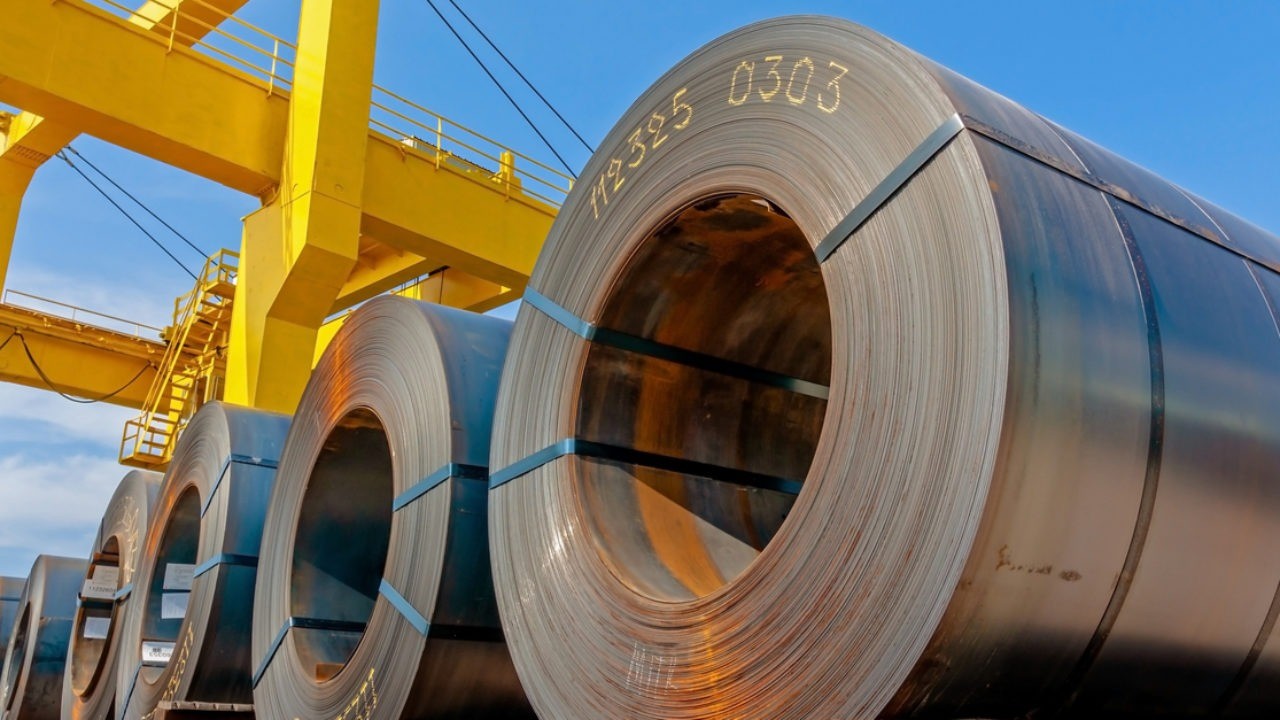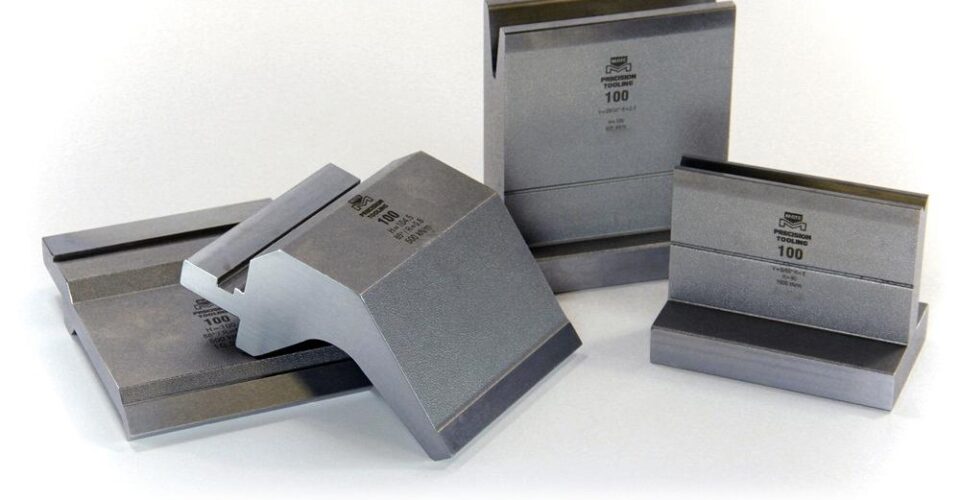
This year, surplus reduced from 467,000 tons to 162,000 tons, Next year, 92,000 tons.
Unexpected demand weakness despite reduced mine production.
While the recovery of global copper usage is expected to be delayed, mine production has significantly decreased more than anticipated, leading to a downward adjustment in this year’s global refined copper surplus forecast.
Mine Production Falls Short of Expectations
The International Copper Study Group (ICSG) recently released a supply and demand forecast report, predicting a surplus of 162,000 tons this year and 94,000 tons next year. This is about one-third of the previous forecast (467,000 tons) made in October last year, significantly reducing concerns about supply-demand imbalance in the global market this year.
In the October forecast last year, ICSG expected a 3.7% increase in mine supply this year due to new mines, expansions, and broad recovery from operational constraints in 2023. However, the outlook was revised to a 0.5% increase due to delays in new projects and the unexpected closure of the Cobre Panama mine since December last year. The closure and maintenance of Cobre Panama is expected to cause a shortfall of 380,000 tons in the global raw material supply chain.
Impact of Reduced Mine Supply on Copper Prices
With the significant reduction in mine supply, smelters had to turn to the spot concentrate market, causing spot treatment charges (TC) to plummet to historical lows as buyers prioritized tonnage over profitability. The sharp drop in spot TC led Chinese smelters to agree on production cuts in March, which resulted in the London Metal Exchange (LME) three-month refined copper price exceeding $10,000 per ton last month for the first time since April 2022.
Refined Copper Production and Demand Revision
The decrease in concentrate supply from mines is expected to disrupt refined copper production. ICSG lowered its forecast for this year’s refined copper production increase from 4.6% to 2.8%, and it is expected to rise only 2.2% next year. The increase in solvent extraction metal production and improved copper scrap recycling rates are predicted to partially offset the production reduction.
Contrasting Demand Trends: China vs. India
The global demand forecast has also been revised downward. The forecast made in October last year projected a 2.7% increase, but it has been adjusted to 2.0% recently, with a 2.5% increase expected next year. The downward revision in demand is attributed to the sluggish performance of China, the largest consumer.
In fact, the demand outlook for China and other countries showed contrasting trends. While China’s demand was expected to grow by 2.0% in 2025, it is now anticipated to slow to 1.6% growth. In contrast, countries outside China, driven by the expansion of semi-finished product production capacity in India, are expected to see an acceleration in demand growth, increasing from 2.4% to 3.8%.
Long-Term Outlook Remains Positive Amid Energy Transition
Meanwhile, ICSG explained that while the long-term demand for copper due to energy transition is positive, it is challenging to predict demand accurately for this year and next year.











Leave a Reply
You must be logged in to post a comment.